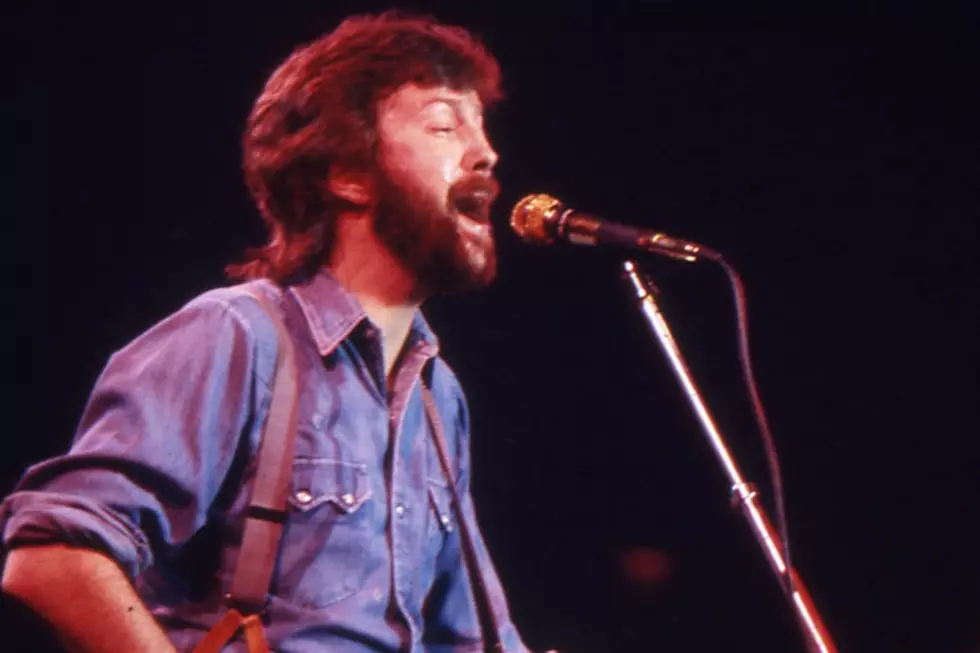
How Eric Clapton Came Roaring Back With ‘Slowhand’
Slowhand came at a crucial point in Eric Clapton’s career. After more than a decade as rock’s reigning guitar god, the 32-year-old Cream and Derek and the Dominos leader had just released two unremarkable solo albums.
461 Ocean Boulevard, from 1974, proved Clapton could carry a song-oriented record under his own name; There’s One in Every Crowd (1975) and No Reason to Cry (1976) sank under their aimless and bloated self-importance.
So, when Clapton holed up in a London studio with his touring band in May 1977, he was set on reclaiming some of his former glory. (461 Ocean Boulevard reached No. 1, as did its cover of Bob Marley’s "I Shot the Sheriff") For starters, he chose a handful of solid songs to cover, including J.J. Cale’s "Cocaine" (the album’s lead cut) and bluesman Arthur Crudup’s "Mean Old Frisco." He also penned two of his most popular tracks, "Wonderful Tonight" and "Lay Down Sally."
But most importantly, he focused on the tunes rather than the jams. That’s not to say Clapton didn’t give his guitar a workout on the 39-minute album, which arrived on the first day of November 1977. But the laid-back shuffle and deliberate pace of the LP’s best songs reflected a more confident performer. He wasn’t just the guitar player, and Slowhand, one of his best solo albums, hammered down this point.
Slowhand reached No. 2, Clapton’s best showing until the 1992 Unplugged album reignited his career. The years, and albums, following Slowhand were bumpy ones, with more misses than hits. But Clapton’s fifth solo project remains a pivotal piece of his long history.
Rock's 100 Most Underrated Albums
See Eric Clapton’s Guitar Hero Yearbook Picture
More From Ultimate Classic Rock









